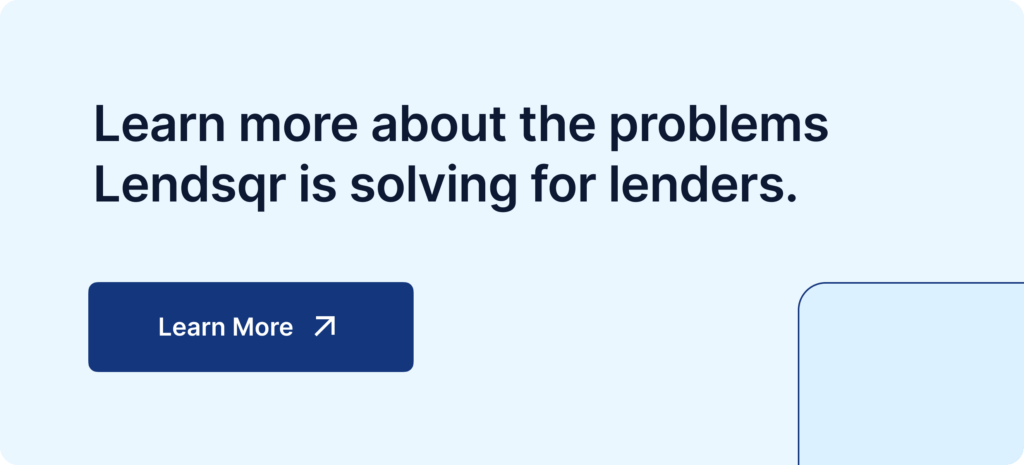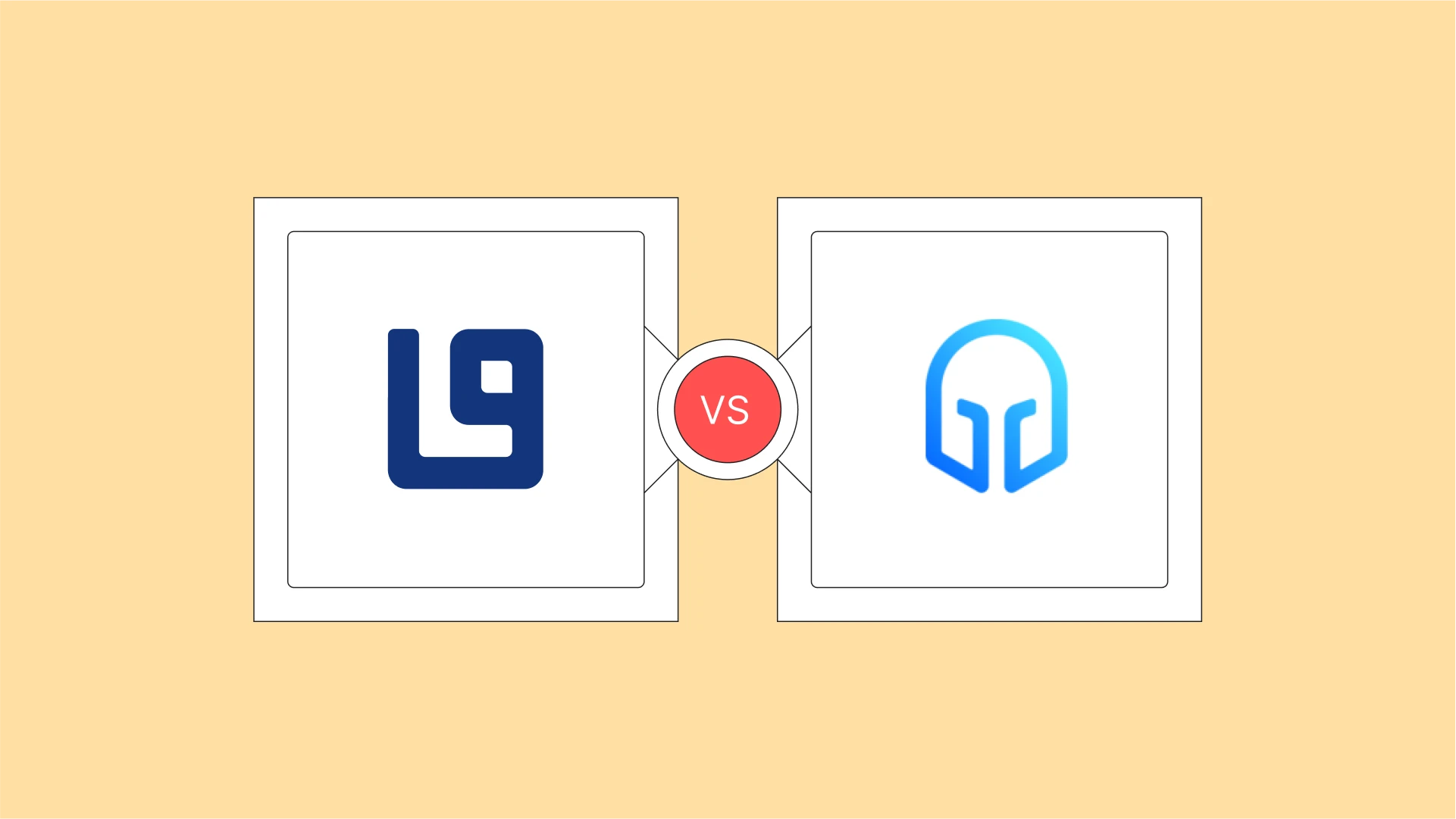How to get a lending license in Trinidad and Tobago
This guide will walk you through the steps to obtain a lending license in Trinidad and Tobago, including compliance requirements, key regulators, and tips to ensure you meet all legal obligations.
Best loan management software for Ghanaian lenders: Lendsqr vs. Business Warrior
Without the right LMS, managing loans can get messy, risky, and downright exhausting. With it, things get a whole lot smoother.
Top 5 loan apps for UGX 200,000 in Uganda
We’re not just listing the top five loan apps for UGX 200,000; we’re cutting through the noise to help you pick the ones that get you the cash you need fast.






